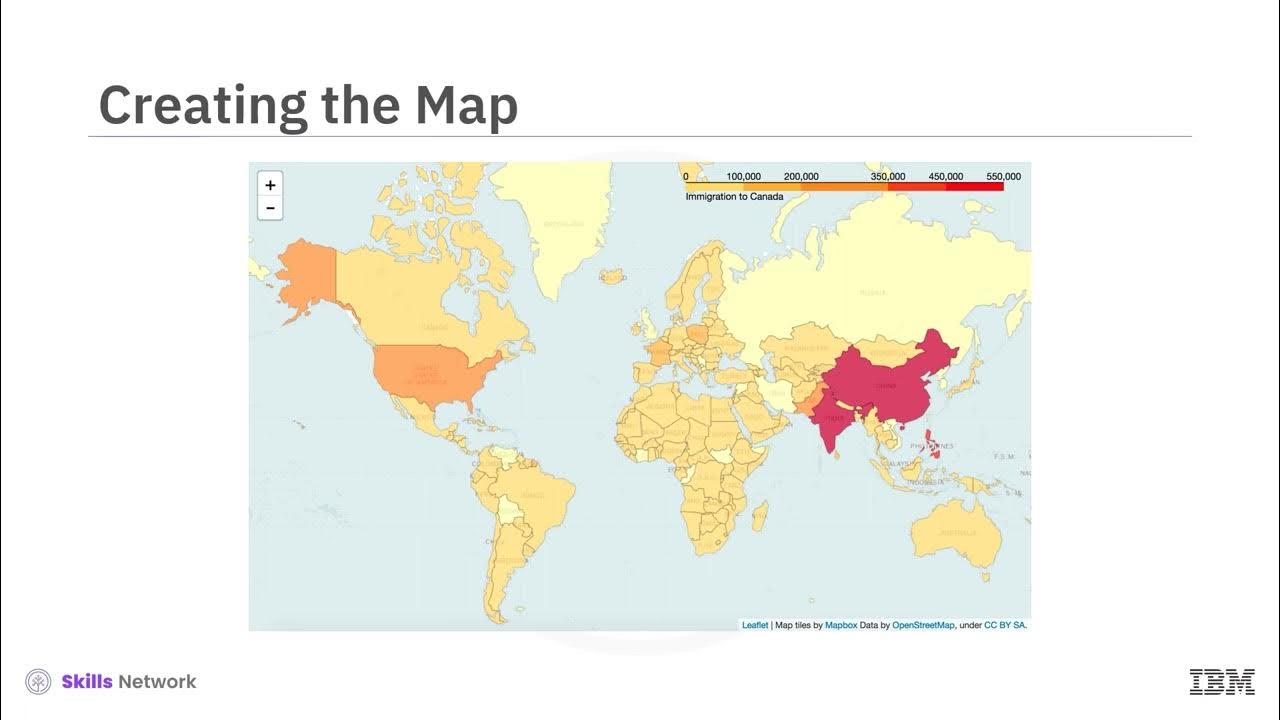Pengetahuan Dasar Peta #part 1
Summary
TLDRThis educational video introduces the basics of maps and mapping in geography. It covers key concepts such as map components, including titles, legends, scale, orientation, and source data. The instructor explains the difference between general maps (like topographic maps) and thematic maps, emphasizing their specific uses. The video also highlights the importance of understanding map elements and the value of creating mind maps for focused learning. With practical examples, such as rainfall distribution and cadastral maps, the session aims to deepen students' knowledge of geography and how maps help visualize and interpret geographical data.
Takeaways
- 😀 Before starting lessons, it's important to read and create a concept map or mind map to focus on what you need to learn.
- 😀 A map is a representation of the Earth's surface, scaled down and projected onto a flat surface.
- 😀 A good map must include several key components: title, border, lettering, legend, scale, orientation, coordinates, date, and source.
- 😀 The title of a map explains the subject matter (e.g., 'Rainfall Distribution in January 2014').
- 😀 A border defines the map's boundaries, distinguishing the map from surrounding areas.
- 😀 Lettering on a map includes labels and names of places, which are essential for navigation and understanding.
- 😀 The legend or key explains the symbols and colors used on the map, helping users interpret the information correctly.
- 😀 The scale of a map indicates the relationship between the map's measurements and real-world distances.
- 😀 Orientation (e.g., indicating North) helps users understand directions on a map without confusion.
- 😀 Maps can be categorized into general maps (e.g., topographic and cartographic) and thematic maps (e.g., rainfall distribution, disaster-prone areas).
- 😀 Scale-based maps include large-scale maps (detailed areas like towns) and small-scale maps (broader areas like countries).
Q & A
What are the three key areas covered in the lesson on map knowledge?
-The three key areas covered are: 1) Maps, 2) Remote Sensing, and 3) Geographic Information Systems (GIS).
Why is it important to create a mind map or concept map before studying a new topic?
-Creating a mind map or concept map helps students focus on the key points they need to understand and master for any subject.
What are the essential elements of a well-made map?
-A well-made map should include the following elements: 1) Title, 2) Border lines, 3) Lettering (text), 4) Legend (explanation of symbols), 5) Scale, 6) Orientation (compass direction), 7) Coordinates (latitude and longitude), 8) Year of creation, and 9) Source data.
What role does the legend play in understanding a map?
-The legend explains the meaning of symbols, colors, and other visual elements used on the map. It helps users interpret the information accurately.
What does the scale on a map represent?
-The scale represents the ratio between distances on the map and the actual distances in the real world. For example, a 1:500,000 scale means one centimeter on the map equals 500,000 centimeters in reality.
What is the importance of having an orientation or compass on a map?
-The orientation or compass shows the direction (such as North) on the map, helping users navigate the map correctly without confusion.
Why is the year of creation important on a map?
-The year of creation indicates when the map was made. This is important because the information on the map may change over time, such as borders or population data.
How does a topographic map differ from a general map (korographic map)?
-A topographic map shows detailed information about the Earth's surface, including elevation and landforms, using contour lines. A general map, on the other hand, provides a broader view of large areas like countries or continents.
What type of information is presented on a thematic map?
-A thematic map presents specific data or information related to a particular theme, such as rainfall distribution, population density, or the spread of diseases, focusing on a narrow topic rather than general geographical features.
Can you give an example of a specialized or thematic map discussed in the lesson?
-An example of a thematic map is the 'Distribution of Rainfall in January 2014,' which shows the varying levels of rainfall across different regions of Indonesia.
Outlines

此内容仅限付费用户访问。 请升级后访问。
立即升级Mindmap

此内容仅限付费用户访问。 请升级后访问。
立即升级Keywords

此内容仅限付费用户访问。 请升级后访问。
立即升级Highlights

此内容仅限付费用户访问。 请升级后访问。
立即升级Transcripts

此内容仅限付费用户访问。 请升级后访问。
立即升级浏览更多相关视频

RANGKUMAN METERI GEOGRAFI KELAS X SMA SEMESTER 1 KURIKULUM MERDEKA

Você sabe o que é MAPA?? Entenda o que é ESCALA cartográfica e legenda (CARTOGRAFIA)

Geografi Kelas X (6) Pengertian, Jenis dan Fungsi Peta

V2 Choropleth Maps

Introduction to Maps [AP Human Geography Unit 1 Topic 1] 1.1

5 Fase Sejarah Perkembangan Geografi
5.0 / 5 (0 votes)
